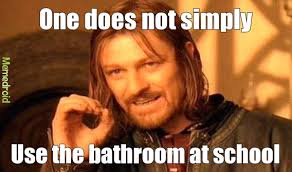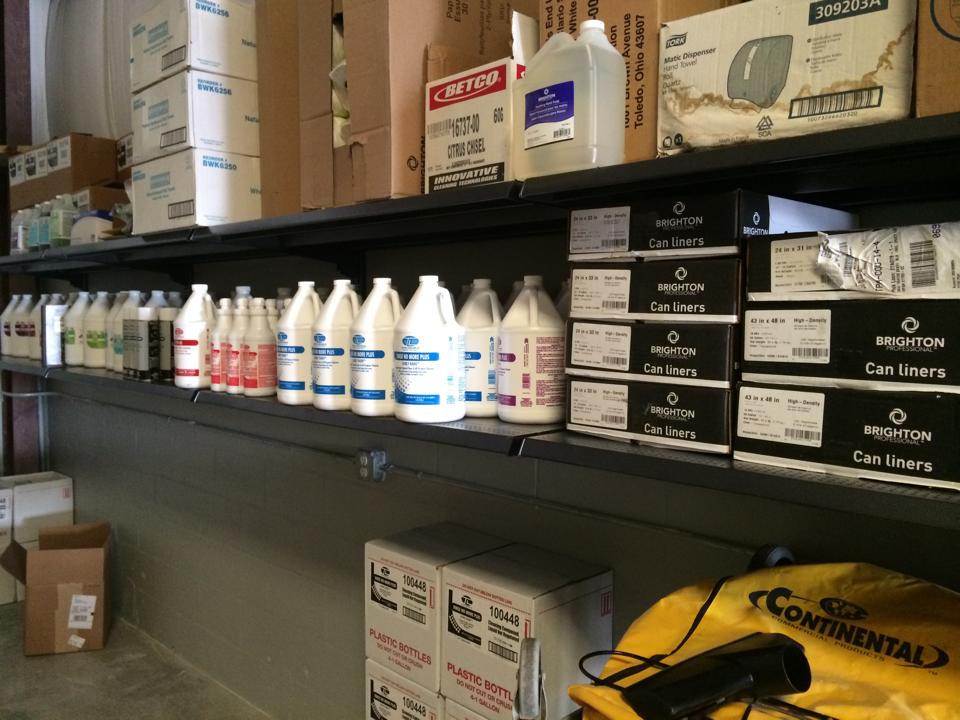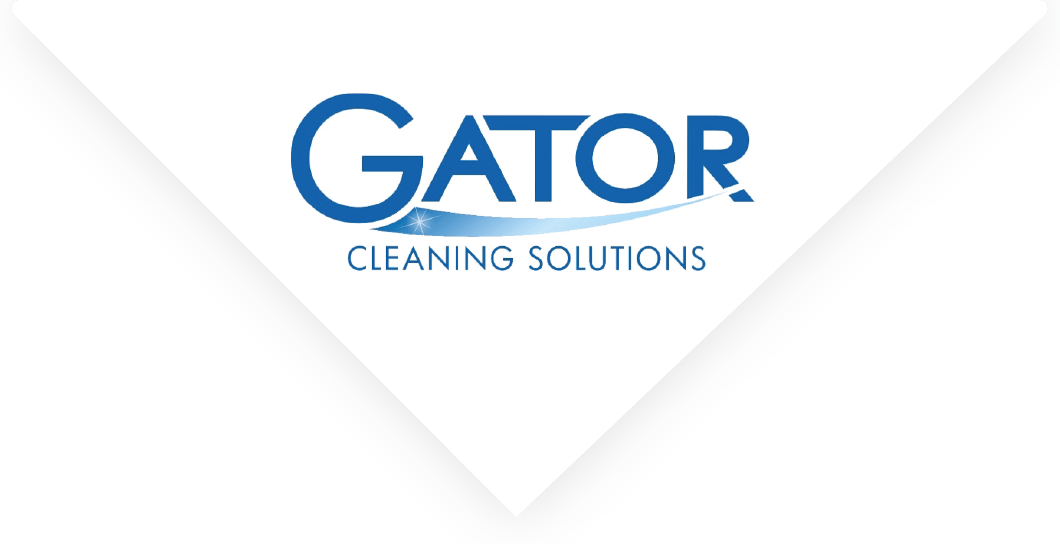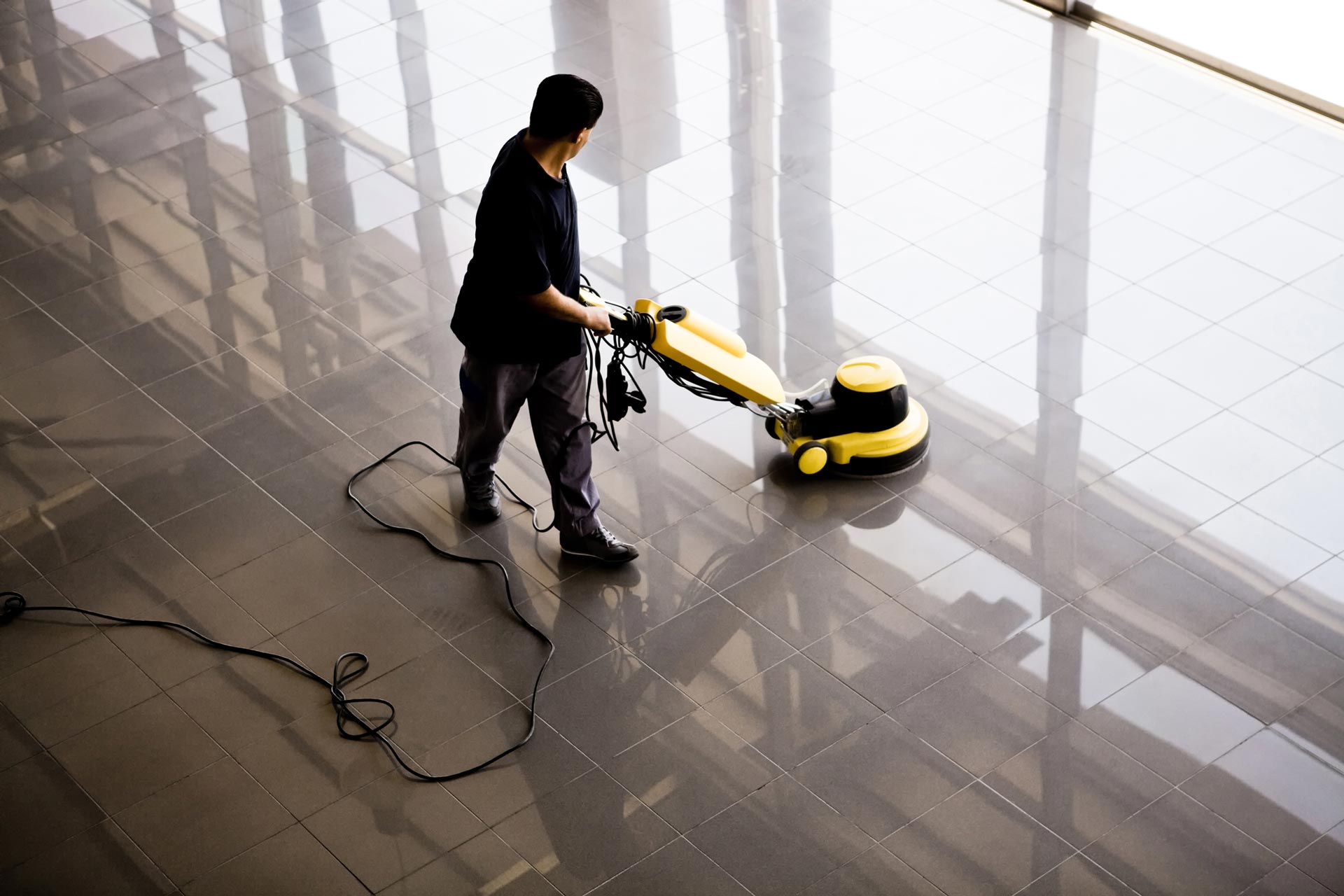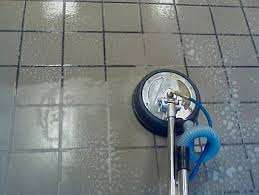Where There is Smoke Damage, There was Fire
 Smoke Damage
Smoke Damage
A fire in your home or office can really feel like a calamity. Replacing the items lost in a fire is only the first step in returning to normal. Beyond damages caused by the fire itself, you may be left to deal with the effects of smoke damage caused by the fire. Although it may not sound very damaging when put in the context of a fire, smoke damage will cause its own set of issues that you want to resolve. The lingering smell of smoke and the presence of soot (chalky carbon tossed out of the flames and onto surfaces) present a unique set of problems that have to be handled after a fire.
Alleviating Soot
Between smoke and soot damage, soot is the easier to address. “Easier” doesn’t necessarily mean that it’s easy to do, though. There are techniques that a person can follow to clean up soot after a fire, e.g. soot from a low oxygen fire calls for damp sponges and high-alkali detergents, where high oxygen fire soot should be cleaned with dry sponges and followed by a low-alkali detergent. Soot is only one aspect of addressing your damages after a fire.
Smoke, an Invisible adversary
Smoke damage is a little trickier to deal with than soot. You can see soot with your eyes, but the damage from smoke can reach into areas that elude your vision. The lingering smell of smoke can emanate from items and surfaces that do not show visible damage. A chair that was on the other side of a house from where a fire occurred can smell like smoke for a long time after a fire, even if there is no visibly evident damage. Cleaning soot from some home areas may also contaminate other items that have already been cleaned if the proper precautions are not taken.
Expertise can be invaluable
It may be possible for individuals to clean up after a fire. For the best possible results, though, an individual should consider hiring a professional to redress soot and smoke damage. Sometimes, it may be necessary to use specific media in “blasting” a surface clean. If you don’t have a sandblasting unit just waiting to be used, you may want to hire a professional that can lightly sandblast, or even use sodium bicarbonate to blast surfaces in order to remove the lingering smoke odor. Professional cleaners will have more availability and experience with potentially caustic or dangerous chemicals and processes that can be utilized to address the fire and smoke damage present after a fire.
The post Where There is Smoke Damage, There was Fire appeared first on Gator Cleaning Solutions.
